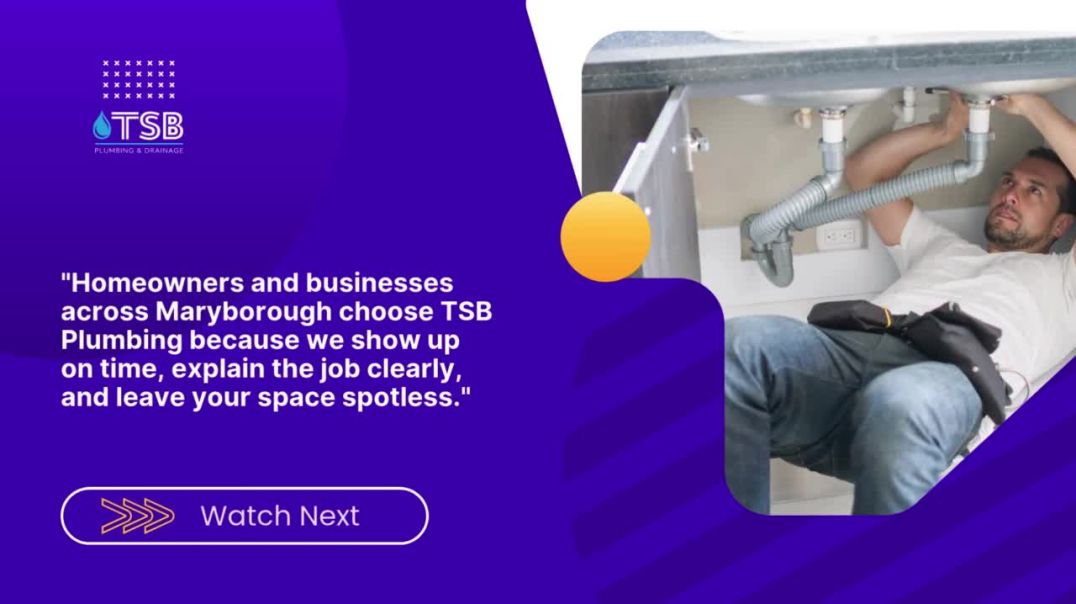The Video Marketing Conundrum in New Zealand
Imagine investing thousands of dollars into a video marketing campaign only to see it fall flat. This is a reality for many New Zealand businesses, where 70% of video campaigns fail to meet their objectives, according to a recent study by NZ Business Insights. In an era where video content is king, how can Kiwi businesses ensure their strategies don't just survive but thrive?
Understanding the nuances of video marketing tailored to the New Zealand market is crucial. With the right approach, businesses can leverage video content to enhance engagement and drive conversions. What’s your take on the current video marketing landscape? Share your insights below!
The Pitfalls of Video Marketing: Why Strategies Fail
1. Misaligned Objectives
A significant reason for failure is the misalignment between business goals and video marketing objectives. Many businesses jump onto the video bandwagon without a clear strategy, leading to content that fails to resonate with their target audience. A study by Deloitte found that 60% of New Zealand businesses did not clearly define their video marketing goals, resulting in wasted resources and missed opportunities.
2. Lack of Audience Understanding
Another critical misstep is failing to understand the audience. A one-size-fits-all approach doesn't work in video marketing. Businesses must tailor content to specific demographics and psychographics. For example, what engages a millennial audience might not resonate with Gen X. According to NZTech, companies that personalize their video content see a 35% higher engagement rate.
3. Inadequate Distribution Channels
Even the most creative video content can fail if it's not distributed effectively. Relying solely on organic reach is a common mistake. A comprehensive distribution strategy, including social media, email marketing, and partnerships with New Zealand influencers, is essential to maximize reach and impact.
Case Study: TradeMe – Revamping Video Marketing
TradeMe, New Zealand's largest online marketplace, faced challenges with their video marketing strategy. They struggled with low engagement and conversion rates despite investing heavily in video content.
Problem:
TradeMe's videos weren't aligning with user interests, leading to poor performance. Their campaign lacked a data-driven approach and failed to target the right audience segments.
Action:
TradeMe overhauled their strategy by leveraging AI-driven analytics to better understand their audience. They personalized video content based on user behavior and preferences, utilizing targeted ads across multiple platforms.
Result:
Within six months, TradeMe saw a substantial improvement:
- 🔹 Video engagement increased by 45%
- 🔹 Conversion rates improved by 30%
- 🔹 Customer retention rates rose by 20%
Takeaway:
This case study highlights the importance of aligning video marketing strategies with audience insights and leveraging technology for optimization. Businesses can achieve similar success by focusing on personalized content and effective distribution.
Common Myths & Mistakes in Video Marketing
Many misconceptions hinder the effectiveness of video marketing strategies. Here are some myths debunked:
Myth vs. Reality
- Myth: Longer videos perform better.
- Reality: Shorter, engaging videos (under two minutes) often achieve higher engagement rates. A study by Vidude.com shows a 60% increase in viewership for shorter videos.
- Myth: All content should be viral.
- Reality: While virality is beneficial, consistent, high-quality content tailored to your audience's needs is more sustainable for long-term success.
- Myth: High production value guarantees success.
- Reality: Authenticity and relevance are more critical than high production value. Users prefer relatable content that speaks to them directly.
Future Trends in Video Marketing
As technology evolves, so does video marketing. By 2026, AI-driven content creation will dominate the digital landscape, providing personalized video experiences at scale. New Zealand businesses that adopt these technologies early will have a competitive advantage.
Moreover, interactive videos are set to revolutionize audience engagement, allowing viewers to influence the narrative and creating a more immersive experience.
Final Takeaways
- 🔹 Align video content with clear business objectives and audience needs.
- 🔹 Leverage data and AI to personalize and optimize video content.
- 🔹 Diversify distribution channels to maximize reach and engagement.
- 🔹 Stay ahead by embracing emerging trends like AI-driven video content and interactivity.
What's your next move in video marketing? Share your thoughts and experiences with us!
People Also Ask (FAQ)
How does video marketing impact businesses in New Zealand?
NZ businesses using video marketing report a 25% increase in customer retention, according to NZ Business Insights. Video content enhances engagement and drives conversions, making it a powerful tool for growth.
What are the best strategies for implementing video marketing?
Experts recommend starting with clear objectives, understanding your audience, and using AI-driven analytics to personalize content. Ensure diverse distribution for maximum impact.
What upcoming changes in New Zealand could affect video marketing?
By 2026, policy updates in digital advertising may shift the video marketing landscape. Adopting emerging trends like AI-driven content will be essential to stay competitive.
Related Search Queries
- Video marketing strategies NZ
- How to succeed in video marketing
- Common video marketing mistakes
- Future of video marketing in New Zealand
- AI in video marketing































GertieSter
15 days ago